Apple's latest iPhone 7 and 7 Plus make significant strides in improving the quality and versatility of photos you can take, as well as in reproducing them in Wide Color. You can capture more detailed and nuanced pics in low light, you can confidently pull out your phone in wet environments, hand jitter is cinematically smoothed away and the new dual camera system on iPhone 7 Plus opens up entirely new ways to shoot.
Somewhat surprisingly, some early reviews failed to notice many of these enhancements. Writing for Consumer Reports, Terry Sullivan preliminarily reported that shooting with the standard wide angle lens on iPhone 7 "did not outperform the cameras on the iPhone 6s and 6s Plus," and stated that in the magazine's low light testing, "the new phones seemed to perform no better than the iPhone 6s for still photos."
A variety of other reviews didn't even seem to think that mobile photos could really improve all that much. Writing for the Verge, Nilay Patel actually wrote, "Apple has been blowing up iPhone photos to billboard sizes and crowing about its cameras for years now, so at this point the opportunity for improvement is fairly small."
Of course, while it is true that mobile cameras have made great strides over the past decade— and are also inherently limited by mobile design constraints— Apple, Samsung and many other companies are pouring massive millions of dollars into research and development to improve upon the state of the art. The newest iPhone 7 models show off of an impressive year's worth of new advancements.
iPhone 7, 7 Plus in low light
Let's start by looking at low light performance, a particular bugaboo for mobile cameras and a feature Apple is actively promoting in its iPhone 7 advertising. While iPhone 6s was getting pretty good at capturing detail in limited lighting, new iPhone 7 camera is significantly better.
Both cameras automatically trade off resolution for low light sensitivity when shooting stills in poor lighting. Both also have trouble dealing with bright light sources at night. However, the overall result is that the new 7 captures more detail, resulting in more accurate color and better contrast, contributing to more life-like depth compared to shots by the previous model.
Below, the "Memory 99" sculpture stands in front of the Pacific Northwest College of Art, housed in the historic Post Office in Portland, Oregon. What looks like an artifact in the sky is actually the light of a bright star.
Shooting with the telephoto lens on iPhone 7 Plus leverages the 2x optical zoom to capture more detail. There's still blown out highlights and visible noise, but this is a photo taken at night involving bright light sources, one of the most challenging scenarios for mobile cameras.
iPhone 7 also seems to make better night exposure decisions. In the photos below taken at the gate of the Lan Su Chinese Gardens, the photo automatically adjusted exposure to show the details of the building and in the overall scene, blowing out the details in the sidewalk and where the harshest lighting hits tree branches. The iPhone 6s photo had less blown out areas but also delivered less detail where it's most interesting.
Keep in mind that blowing up these photos to show detail on a web page exaggerates their shortcomings. On the phone, and when shared on Instagram or Facebook images or in your iCloud Photos album, the improvements in iPhone 7 are more evident and the grain and blowouts are less apparent.
While the above shots are all default exposure settings, sometimes your phone doesn't know what you want to capture. In the shot below, the default exposure would have blown out the sky entirely in order to capture the details of the street scene. However, when I tapped on the sky to capture the dramatic clouds, both iPhone 6s Plus and iPhone 7 Plus achieved a similar sky result, but the new phone retained more of the surrounding detail, too.
iPhone 7, 7 Plus brighter flash
Last year, Apple introduced Retina Flash for front facing selfie shots. Similar to the rear TrueTone flash, Retina Flash illuminates scenes based on color measurements captured by the camera module, adding a slight tinge of warmth as needed.
I generally avoid using a flash because it often makes subjects look artificial. I took another shot with the new iPhone 7 models TrueTone flash design, which uses four LEDs (rather than the previous two; it now has two cold white elements and two warmer amber ones). It's not just brighter— and better at illuminating scenes in total darkness— but also smarter, doing a better job at retaining color accuracy both in darkness and as fill flash in a variety of different types of ambient lighting.
In the first two examples, our Little Big Burger & Truffle Fries were fill flashed while in natural sun lighting. The TrueTone flash of iPhone 6s was too harsh, making the fries look bleached out, while the brighter flash of iPhone 7 retained more realistic, warmer color.
Below them, a second pair of photos contrasts two scenes in warmer halogen lighting from a heat lamp, and the scene wasn't as brightly lit. There's less of a difference here, but the new 7 TrueTone flash still seems more warm and natural.
Below, the top pair of images were lit by a cool LED lamp. Again, the new 7 appears to compensate with a warmer fill. Below them, a final shot was captured in total darkness. The 6s again blows out details with a colder, less flattering flash, while the 7 illuminates the scene with warmer tones and retains more detail and better color.
iPhone 7, 7 Plus shooting while wet
Another significant "camera feature" is the new iP67 water resistance of iPhone 7 and 7 Plus. Previously, you might have been too concerned about water damage to take your iPhone out when its drizzling, or at the beach, or in taking pictures of a waterfall.
You can now carry your phone to the pool, or a water park, or hiking up a creek, without worrying about a splash of water damaging the phone and potentially losing all your data and photos.
I was a little hesitant to try filming in water, but the new rating for iPhone is similar to the rating assigned to Apple Watch, and I've been splashing about outdoors and taking showers while wearing mine almost daily for the last year.
Shooting while wet, or in the rain or even under the surface of water are all now possible. Note that the capacitative screen can't work when wet, and that sound might get distorted or even gain a digital noise as the microphones deal with water. This didn't result in lasting issues however.
Note that if the device gets hot enough (as I noted in a steaming shower) it will warn that it is overheated and will deactivate the flash (and eventually, shut itself down).
iPhone 7 Plus telephoto stills
While the advancements in iPhone 7 are substantial, the new dual camera system included on the larger iPhone 7 Plus really ices the cake. When I first saw the dual camera specs of iPhone 7 Plus, it seemed disappointing that the telephoto lens only offered 2x optical zoom. I was also skeptical of the value of the "up to 10x" digital zoom, because digital zoom simply crops your photo and blows it up.
I have always refused to use digital zoom, because I know I can always crop it manually later. Digital zoom is destructive in-camera editing.
Trying out the iPhone 7 Plus, I've found that the 2x optical is actually quite useful in composing shots. You can get closer to your subjects (like wild animals or fire or things behind a fence or this sign in Chinatown, below) or emphasize foreground subjects such as portraits.
Also, I gained a new appreciation for digital zoom, which just like the Square capture format, lets you compose shots as you take them, even though you're not fully using every available pixel when doing this. This is particularly useful if you like to casually capture social media images, where most of the pixels are thrown out anyway, and the focus is put on your composition and subject.
Below, some examples of iPhone 7 Plus shooting in standard wide angle, 2x optical zoom, and up to 10x digital zoom. Moving to and from standard wide angle to the 2x telephoto lens is as simple as tapping a button. You can then zoom in and out further by dialing up or down, similar to the existing 5x digital zoom on previous iPhones.
As you reach the zoom limit, the photo quality begins to degrade, pixelize and lose contrast, but there's a remarkably useable range before that happens. And if your goal is to capture and share a far-off detail with ephemeral social network immediacy, the quality degradation might not matter to you. With sufficient lighting, even 10x digital zoom (half of which is backed up by optics) can deliver useful images. However, in low lighting the quality degrades a lot faster.
You can also use digital zoom to spy out details you might otherwise not notice when capturing the shot in standard wide angle. In this shot of the Hawthorne Bridge, you can just make out the pedestrian "stop here" sign from the waterfront park below. With 10x digital zoom, you can also see that some joker added a suggestion to smoke some weed while waiting for the drawbridge to reopen. Oregon legalized it, so sure, why not keep Portland weird?
Apple announced plans to issue a new iPhone 7 Plus camera Portrait mode as a free software update later this year. It is designed to use both 7 Plus lenses in tandem to simulate optics capable of capturing a narrow depth of field, resulting in more dramatic portraits that pop away from a blurred background, an effect known as bokeh. Apple just shipped the first iOS beta exposing this feature.
iPhone 7 Plus telephoto movies
The telephoto lens isn't just for still photographs. In fact, it's perhaps even more useful (certainly the digital zoom levels) when taking video. You can smoothly zoom in and out while recording, and video stabilization works incredibly well. While photos can reach 10x digital zoom, videos are limited to 6x.
While trying the feature out, I frequently assumed the video I was capturing would be unusable due to my hand shake— which is particularly exaggerated when zoomed in. However, I was very impressed with how smooth my shots turned out. Below is the video version of the Market Block and Hawthorne Bridge still images above.
One issue with zooming in and out while recording is that at the 2x zoom level, recording jumps from one lens to the other. The difference in exposure between the two (particularly outside in bright lighting) can result in a noticeable, distracting shift, similar to when the camera refocuses or rapidly changes its exposure settings as you pan around a scene from light to dark areas. You can avoid this by watching the zoom level and staying above the 2x zoom level within a given shot.
In settings where you can control the lighting, this is easier to avoid. Here's some clips of food shots, showing the difference between jumping from 1x to 2x with a tap of the button (which still employs a subtle zoom animation, rather than just doing a harsh jump cut), versus a gradual zoom in and out using the slider control.
Even a rather extreme digital zoom can be used while recording to focus upon a particular action or character. In these shots of a river boat and of birds in the park, there's a clearly apparent shift in exposure at the 2x jump, but you might not notice if you care more about the subject than your cinematography. The more you zoom in, the harder it is to keep the shot steady without a tripod, even though the iPhone 7 Plus ISP does a fantastic job of smoothing out camera shake.
In the example below, a shot of the Ira Keller Fountain uses the telephoto zoom on iPhone 7 Plus to reveal skateboarders practicing tricks above it, followed by a smooth pan over the top of some Thai Tom Ka soup, which remains in tight focus. Note that YouTube compresses some of the quality from the video. Use Settings (the gear icon) to select 1080p for higher quality playback.
iPhone 7 Plus telephoto Live Photos
Another telephoto feature I hadn't anticipated is that the 2x lens can be used when capturing standard Live Photos. It "just works" when you have Live Photos activated and tap to switch to the 2x lens. Your still image will be a portrait-style closeup, and it will be paired with a video clip so that when you peruse your gallery or press on the image, it comes to life with ambient animation capturing the moment.
Live Photos formerly couldn't be cropped without losing the live part. When captured by iPhone 7 Plus using any level of zoom, the Live Photo still works. And new to iOS 10, you can now edit a Live Photo without losing the Live part. Crop the image and the video backing it will be cropped, too. That means you can capture with digital zoom (composing your scene live in camera) or crop afterward (which is more tedious but also reversible).
Additionally, when you capture a Live Photo and then immediately capture another one at a different zoom level, the original Live Photo may include that zoom jump, as it continues to record its remaining second and a half of video after you hit the shutter button. I initially thought this was an error, but knowing how this works means you purposely shift the zoom level of a Live Photo to create experimental effects.
For example, you can zoom in on a subject, capture a Live Photo and then immediately zoom out. The result will capture a Live Photo that pans out to show its surroundings when you play it back.
As our review noted last year when the feature first debuted, Live Photos are a nice way to automatically capture extra emotion in your still photos, but if you really want to capture specific live action you should take a video, which gives you higher quality and more control.
iPhone 7 Plus telephoto Panoramas
The 2x optical zoom (but not digital zoom levels) can also be used when capturing a panorama. The result is a narrower image, but it's also less distorted; sort of like looking out of a narrow slot window rather than looking through a super wide angle peephole.
Standard panoramas often capture such a broad swath (up to 240 degrees) that subjects and even large objects within them are deemphasized. Using the 2x lens, you can experiment with capturing a different style of panorama.
Above, this standard pano of Portland's Pioneer Square Apple Store ended up exaggerating its surroundings over the store itself. A 2x pano better highlights the desired subject.
Vertical panos— or over the top horizon to horizon panos— can also be used with the 2x lens to achieve a different effect. Below, a standard pano grossly distorts the Wells Fargo Center and its neighbors into an interesting contortion. With the 2x lens, you can capture its funky brutal outline and the scale of its height more realistically with less distortion, although a partial standard panorama (middle) captures a more dramatic shot in this instance.
As we noted before regarding iOS Panorama capture, you can also use the feature as a virtual super wide angle lens by taking just a partial panorama segment. This is useful for squeezing a large subject— a ship or a skyscraper— into a standard photo or inside of a square frame for sharing on Instagram. The less width you capture, the less distortion will be applied.
The 2x telephoto lens on iPhone 7 Plus offers another way to experiment with the Panorama capture feature, applying less overall distortion to your landscapes and virtual wide angle shots.
iPhone 7 Plus telephoto Slo-Mo & Time-Lapse
Surprise: you can also use the 2x telephoto lens to zoom in while taking a Slo-Mo or Time-Lapse sequence. Slo-Mo works similar to standard videos, where you can tap between 1x and 2x and gradually zoom in with digital zoom while you record.
However, unlike standard videos it doesn't seem to jump from one lens to the other. Instead, if you start with 1x capture you can digitally zoom up to 3x, and if you start with the 2x telephoto lens you can digitally zoom up to 6x, but you can't go in the opposite direction (say, starting with 2x and zooming out to the standard 1x lens).
Just like video, if you zoom in too far the quality begins to degrade rapidly. However, you might also want to zoom in tight on your subject more than you want to capture pristine quality.
These birds weren't doing anything very interesting, but you can see how zoom works while recording a Slo-Mo sequence. Like any other Slo-Mo, you can edit the in and out slow playback points after you finish.
Telephoto Time-Lapse works more like Panoramas, where you pick the desired zoom level before you begin capturing, and it's limited to 1x or 2x optical zoom levels. Below, I captured the same ferry boat passing under the bridge at 1x, then berthing further downstream at 2x. Due to the optical zoom, the quality of both appear identical. Even though the second clip is twice as far away, the boat itself appears to be roughly the same size.
The inherent limitations of mobile cameras
Coaxing great photos out of a thin, light mobile phone lacking the high quality (but large and unwieldy) glass optics of a dedicated camera is a challenging task. iPhones only have room for a relatively tiny sensor (compared to the 35mm film sized sensor of a digital SLR) and the lens assembly has to be plastic in order to be small and light enough. Casual mobile users also rarely carry around a tripod, meaning that shots have to be captured quickly, and have to deal with hand shake.
There are still some disappointing elements of the iPhone 7 and 7 Plus cameras. Most annoying are the reflection artifacts of its lens system that seem to be getting worse rather than better. While there used to be one or two bright dots that harassed your picture taking (typically triggered by a bright light source such as street lamps), there now seems to be a near parabola of these annoying dots replicating themselves as if living in an infinity mirror created by the lens elements. These can get worse— even larger— when you switch to the 2x telephoto lens on iPhone 7 Plus.
There's also a general issue with shooting in low light. Apple has pulled out all the stops to coax pretty decent low light still photos from its tiny sensors, but if you're trying to capture a panorama or any sort of video, you'll need more than just twilight to illuminate your scene. Fortunately, there's also some major advances that help offset the basic problems inherent in small, light and thin camera systems.
Over the past ten generations of iPhone, Apple has tackled mobile photography challenges by sourcing increasingly sophisticated camera sensors (both iPhone 7 models sport 12MP rear and new 7MP front-selfie sensors, both using backside illumination) and micro-lens assemblies (this year, iPhone 7's lens system jumps from 5 to 6 elements, and the 7 Plus gets two independent lens assemblies that work in tandem: one standard wide-angle, the other a 2x telephoto).
Both models also now have Optical Image Stabilization (depicted above; last year, only the 6s Plus did). OIS uses micro-motors to adjust the lens position in order to counterbalance the slight movements of your hands when composing or taking a photo, leveraging the accelerometer motion sensors built into the phone. This lets the phone use a larger aperture without suffering from motion blur.
The electronic eyes of iPhone 7 open wider to let in more light: the back camera now boasts an aperture of f/1.8 (the telephoto lens on the 7 Plus is f/2.8) and the front remains at f/2.2. The "f stop" number is the ratio of a lens's focal length to the diameter of its pupil; smaller numbers mean a bigger opening that lets in more light.
OIS, combined with a larger aperture, lets the camera sensor capture more detail in low light— a particularly difficult engineering challenge for mobile cameras with tight restrictions on weight and size.
Wide Color is so wide, it beeps when it backs up!
Apple's attention to the photo- and video-related features of its new iPhone 7 models doesn't end at capture. The new phones also make a huge leap in the on-screen reproduction of your images.
Back in May, Apple's chief executive Tim Cook said in a TV interview, "we have great innovation in the pipeline, like new iPhones that will incent you— and other people that have iPhones today— to upgrade to new iPhones. We are going to give you things that you can't live without, that you just don't even know you need today. You will look back and wonder 'how did I live without this?'"
While pundits blew off his comments and groused about how boring iPhone 7 was definitely going to be, Cook's comments were likely made with (among other things) the appeal of Wide Color in mind. It's that good. Once you see it, its one of the things you don't want to have to live without anymore.Wide Color is that good. Once you see it, its one of the things you don't want to have to live without anymore
The cameras on both models now capture Wide Color as defined by the Digital Cinema Initiative's P3 color gamut specification. This extra color information isn't visible on most of today's PCs, tablets or phones, but is of course displayed by iPhone 7 and 7 Plus (as well as Apple's 5K iMac and 9.7" iPad Pro).
This makes it particularly strange that several reviewers, like Patel for the Verge, spoke of comparing photos on "a laptop" and not seeing any difference that would be evident on an iPhone 7 screen.
"I took a few photos with the iPhone 7 Plus and the iPhone 6S Plus under decent light and asked people to tell them apart on a laptop screen," Patel wrote. "It was pretty hard for most everyone, although the 7 definitely has more vibrant colors and a noticeably shallower depth of field because of the brighter lens. You can tell if you know what to look for, but the difference in most shots will be imperceptible in an Instagram or Facebook feed."
Apple doesn't yet sell any laptops with support for P3 Wide Color. Even stranger, Apple brought representatives from Facebook's Instagram group on stage at the launch event to specifically address the company's plans to adopt P3 Wide Color specifically for sharing photos captured by iPhone 7.
In the future, Wide Color will come to HDTVs and all modern Macs and iPads, so capturing your photos from 2016 with this expanded color palette means you'll have more vibrant memories of your kids, sunsets, travel photos and whatever else you like to take pictures of, even if many people today lack the capability to actually see the P3 gamut outside of iPhone 7 screens.
It's hard to express how much better Wide Color images look, and unless you have one of the latest screens Apple has shipped, this web page can't even show you the difference. You have to see it in person on a Wide Color-equipped display.
Additionally, iPhone 7 and 7 Plus also feature radically enhanced displays with very high contrast ratios, very low reflectance and peak brightness levels above 700 nits. DisplayMate rated the new iPhone 7 Retina HD panels as "most color accurate display that we have ever measured."
It's hard to distinguish the difference attributable to Wide Color reproduction versus the superior brightness, color and contrast of the new iPhone 7 displays. I took two photos of some vibrant farmers' market flowers, one with iPhone 6s Plus and one with the new iPhone 7 Plus. On the new phone, the screen and Wide Color capture both contribute to the display of more accurate, saturated color and contrast, in addition to the sharper detail of its enhanced camera sensor.
Viewing the 6s Plus version of the photo on the enhanced 7 Plus screen appeared to be about on par with viewing the sharper 7 Plus photo on the older 6s Plus display, suggesting that enhanced capabilities of the new cameras is roughly equal to the improved experience of the new screens.
Above, despite lacking Wide Color information, these two shots show iPhone 7 capturing more (and more accurate) color detail even after the images are recompressed into an sRGB jpeg for web publishing. On a Wide Color display, the original images are even more obviously differentiated.
While the new iPhone 7 Retina HD displays are still LCD panels, they appear to look more like the AMOLED technology used in Apple Watch: deeper and richer, with a color intensity that makes images pop. Even the quite new iPhone 6s display looks drab and flat next to the newest screens.
Apple's new Image Signal Processor
While increased pixel count alone don't necessarily result in better photographs, advanced hardware processing can leverage the available pixel data to not only improve the detail, exposure, focus and color accuracy of your shots, but also further account for inadvertent hand shake— particularly important when shooting with the new telephoto lens, which inherently exaggerates every slight movement you make by at least a factor of two.
Apple's A10 Fusion chip incorporates an enhanced custom Image Signal Processor that now performs over 100 billion calculations on every photograph it takes, the company states. It also takes advantage of Machine Learning to improve the pictures you take. The company says its new ISP also enables faster focus and improved local tone mapping and white balance. Sometimes the focus works great, other times it seems frustratingly dumb.
The state of the art in iPhone 7 mobile photography is now sufficiently sophisticated enough to occasionally appear magical, particularly in adapting to handshake, not just in low light still photos, but also in making your videos buttery, cinematically smooth— even when it looks like the footage will be jerky as you capture it.
At the same time, the new cameras are so good at some things that when they do fall short it can be abruptly jarring. Focusing on subjects in low light, using extreme zoom in low light, handling glare from bright light sources and the annoying artifacts that its small plastic lenses can inject into your shots are still problems on iPhone 7— simply due to the nature of the physics involved.
Enhanced software for new cameras
For people who love manual control of their photography, iOS 10 also now enables RAW (uncompressed) camera data capture by third party apps, allowing a whole new level of tinkering and experimentation. For the rest of us, Apple has kept high quality photo capture a super-automatic, effortless experience with very simple options to adjust focus and exposure with a simple tap or swipe, exposing creative options without introducing overwhelming complexity.
Another feature arriving in iOS 10 and macOS Sierra is support for detected faces, objects and scenes in Photos.
For mobile users who love capturing photos, the new iPhone 7— and in particular the iPhone 7 Plus— deliver a series of significant upgrades and new features that contribute to one of the biggest leaps ever for a new iPhone generation, as we detailed in our in depth review.
 Daniel Eran Dilger
Daniel Eran Dilger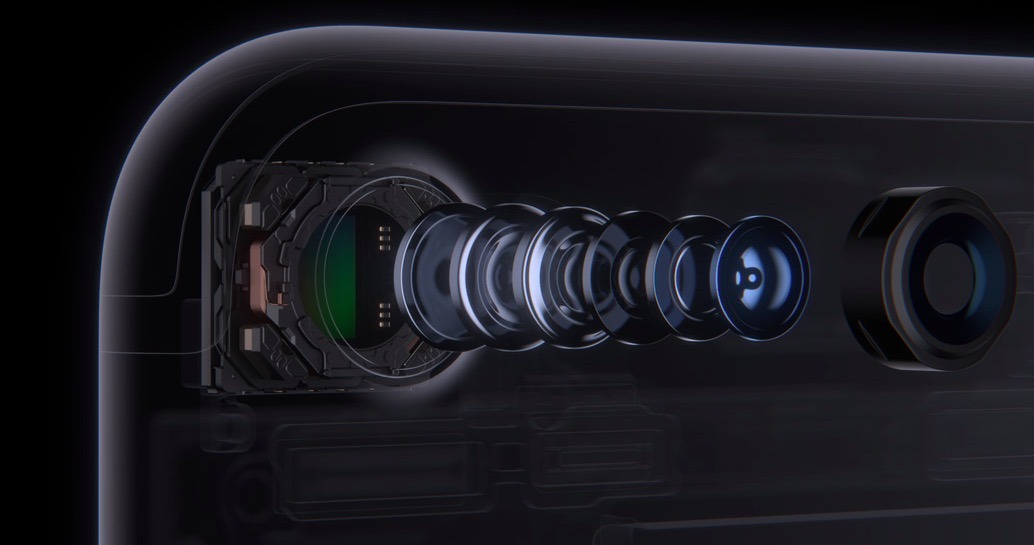
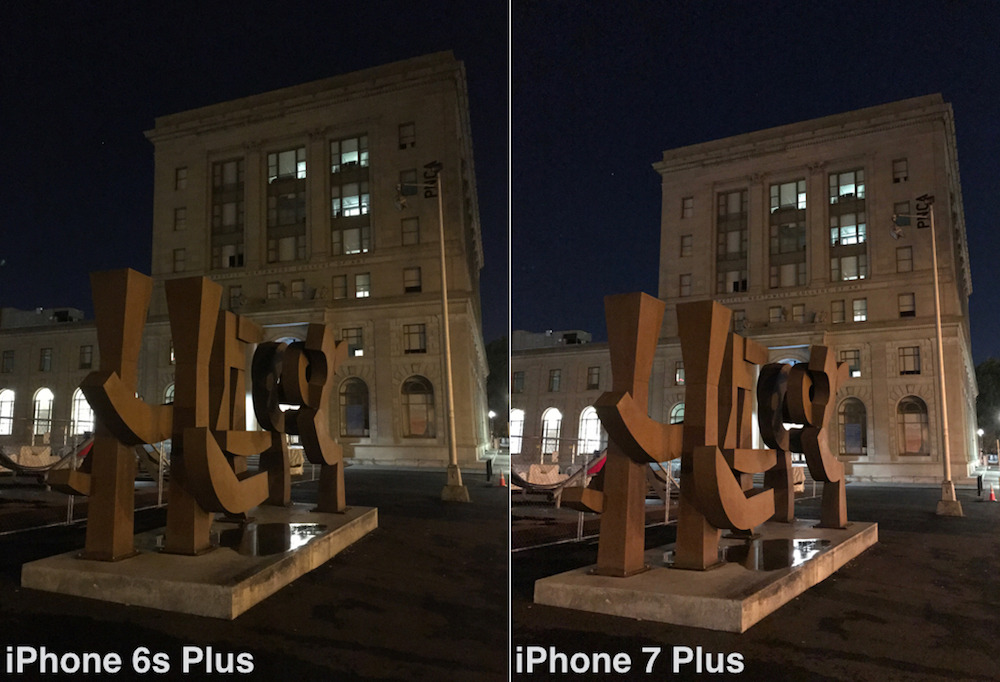
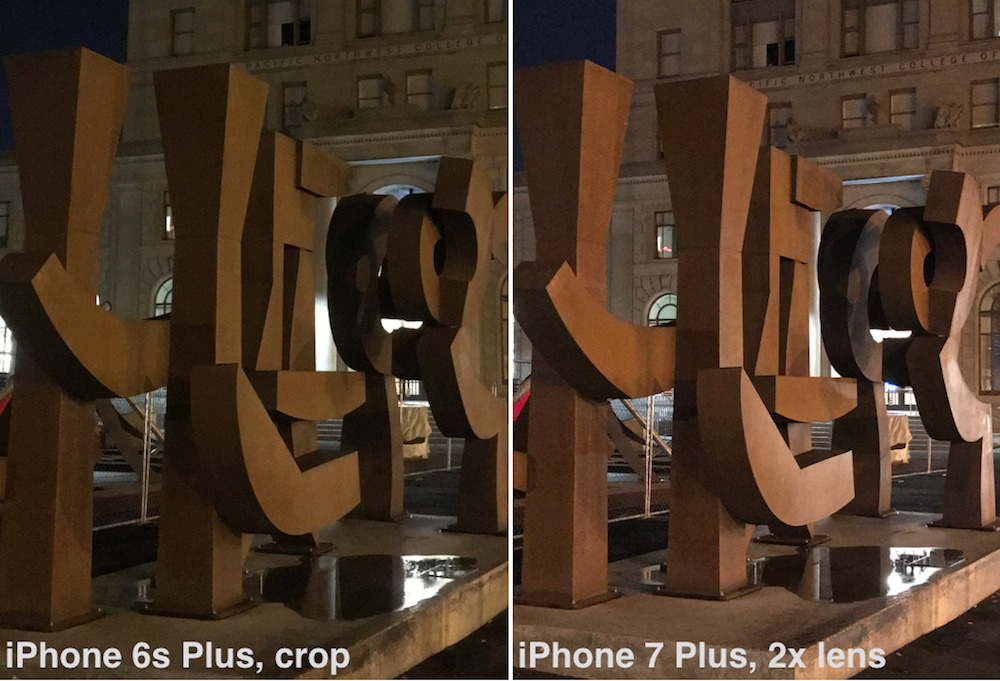



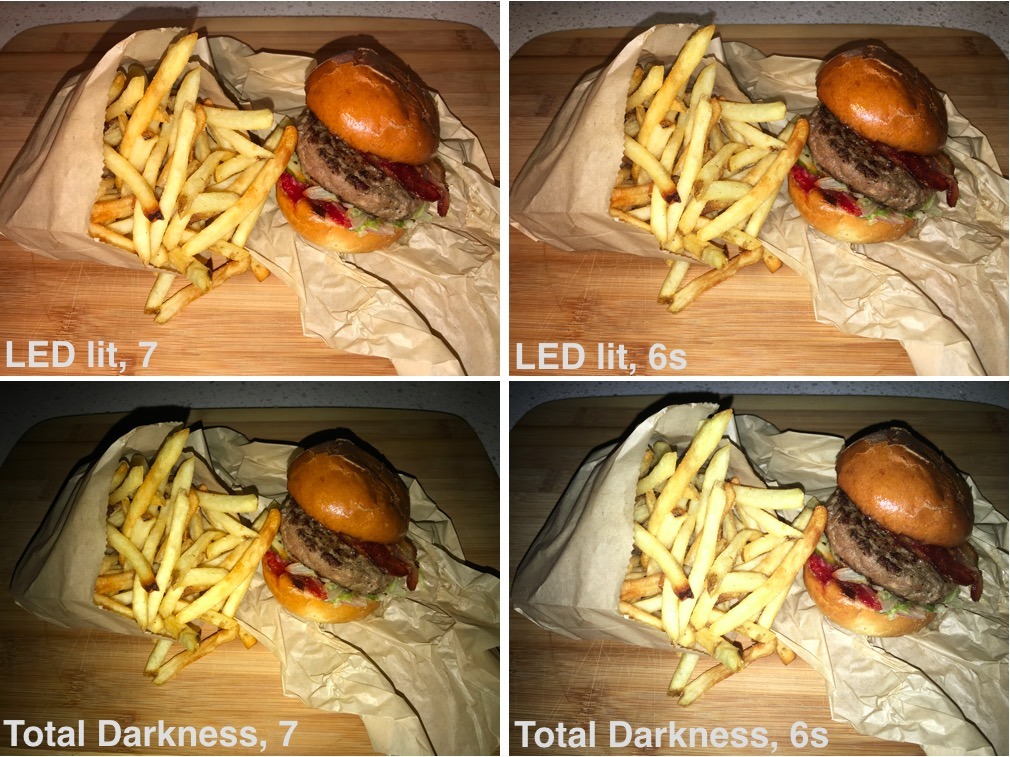
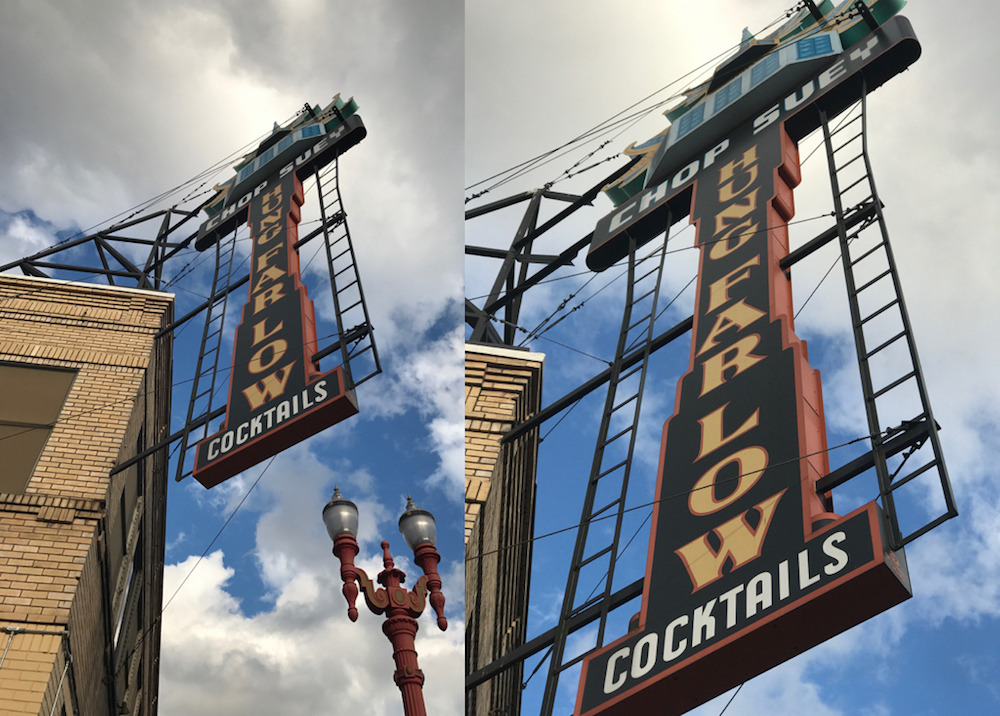

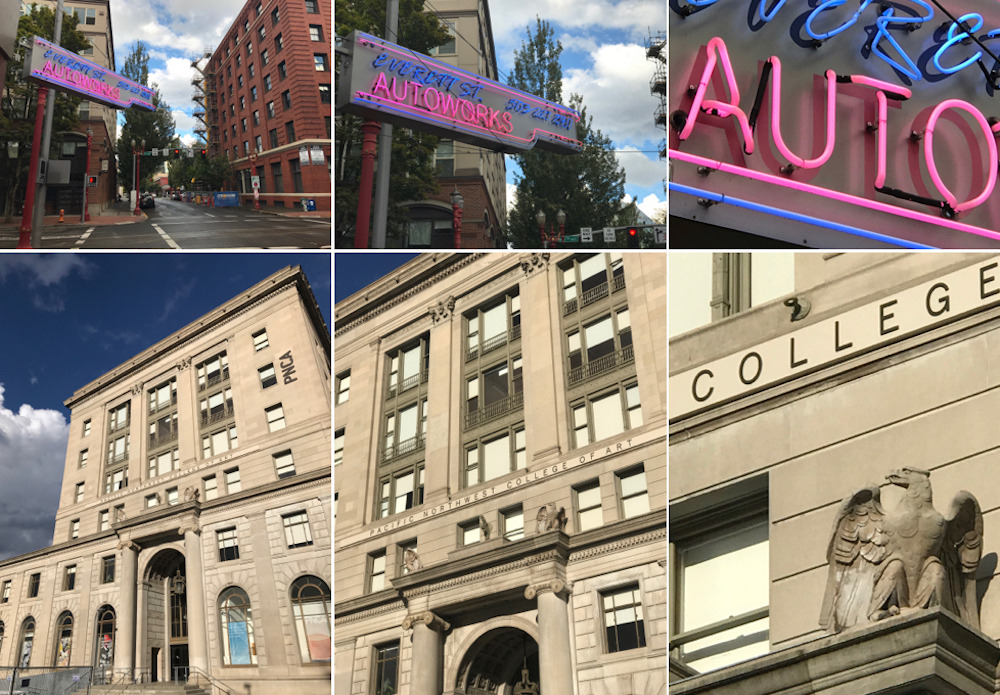
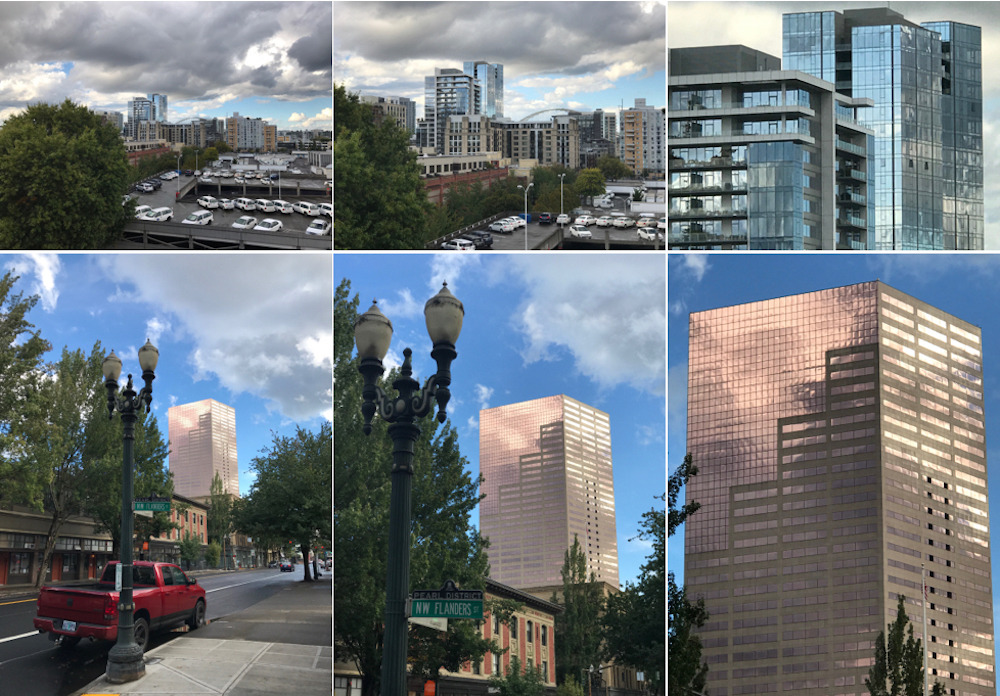
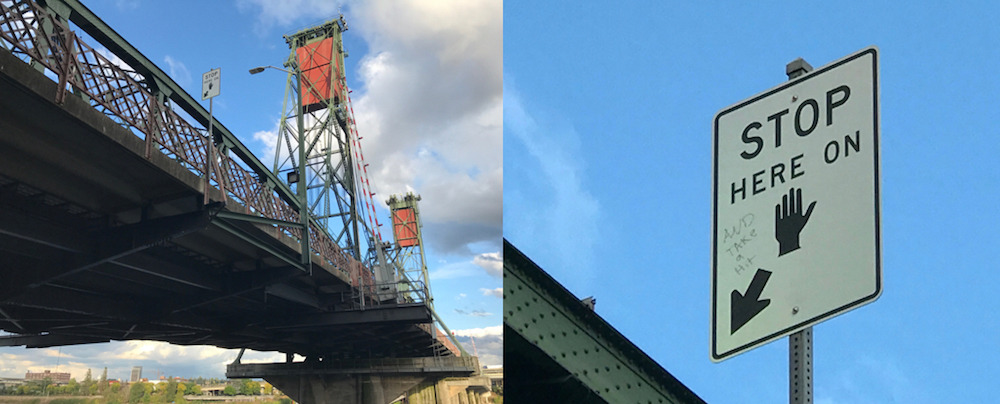
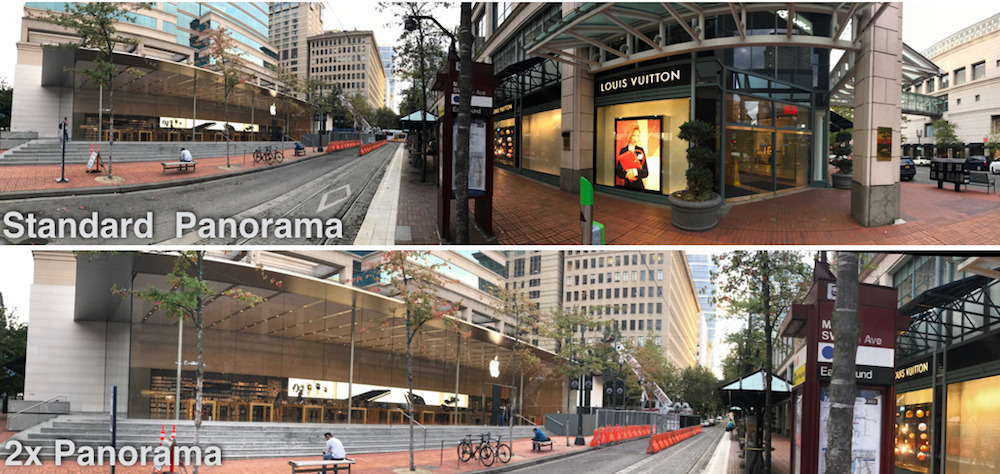

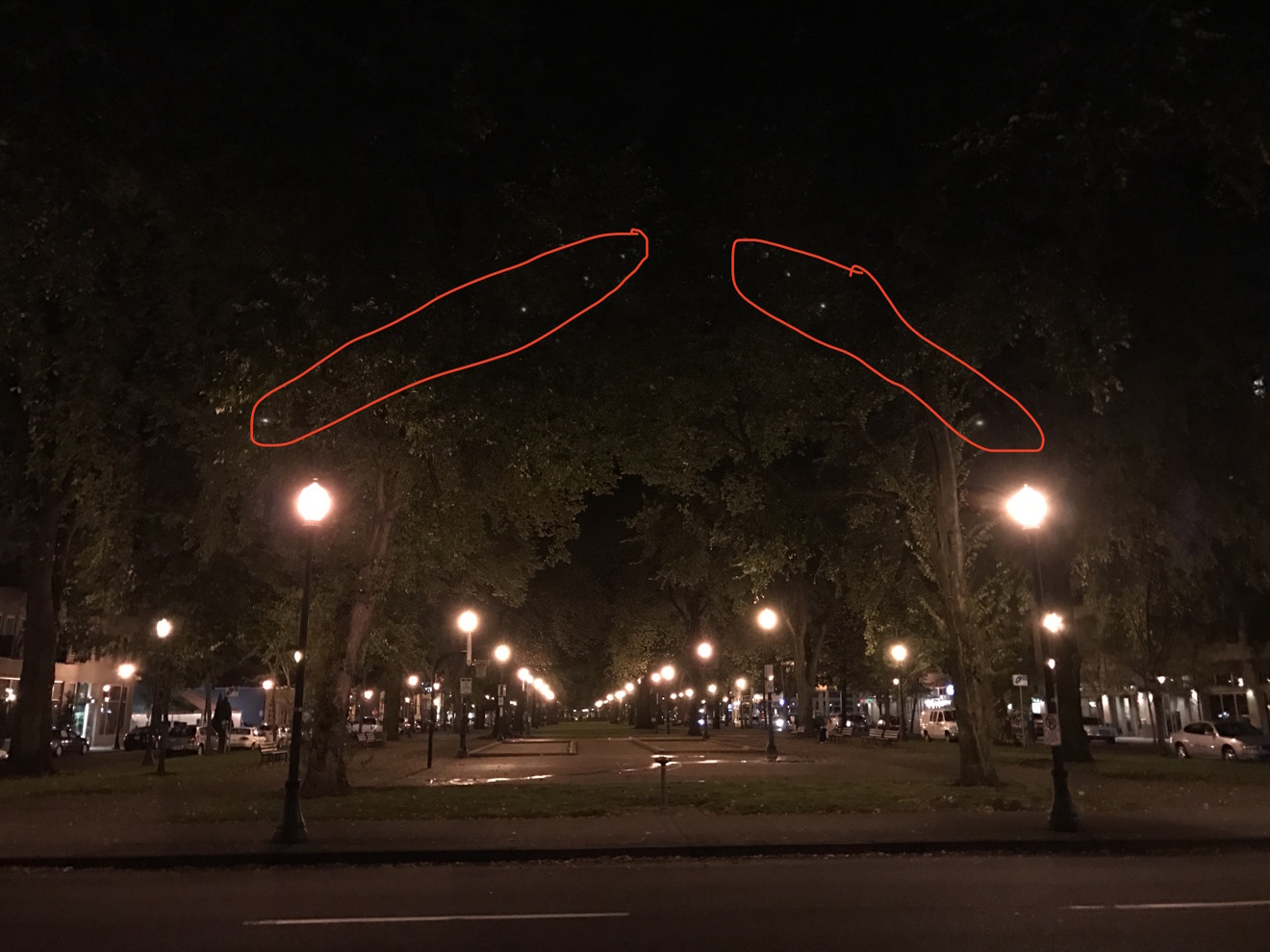
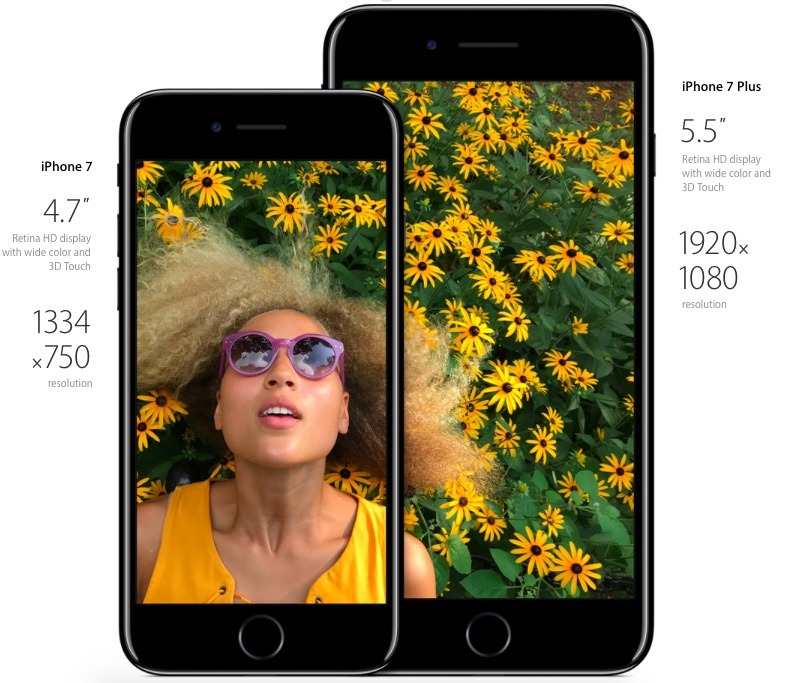
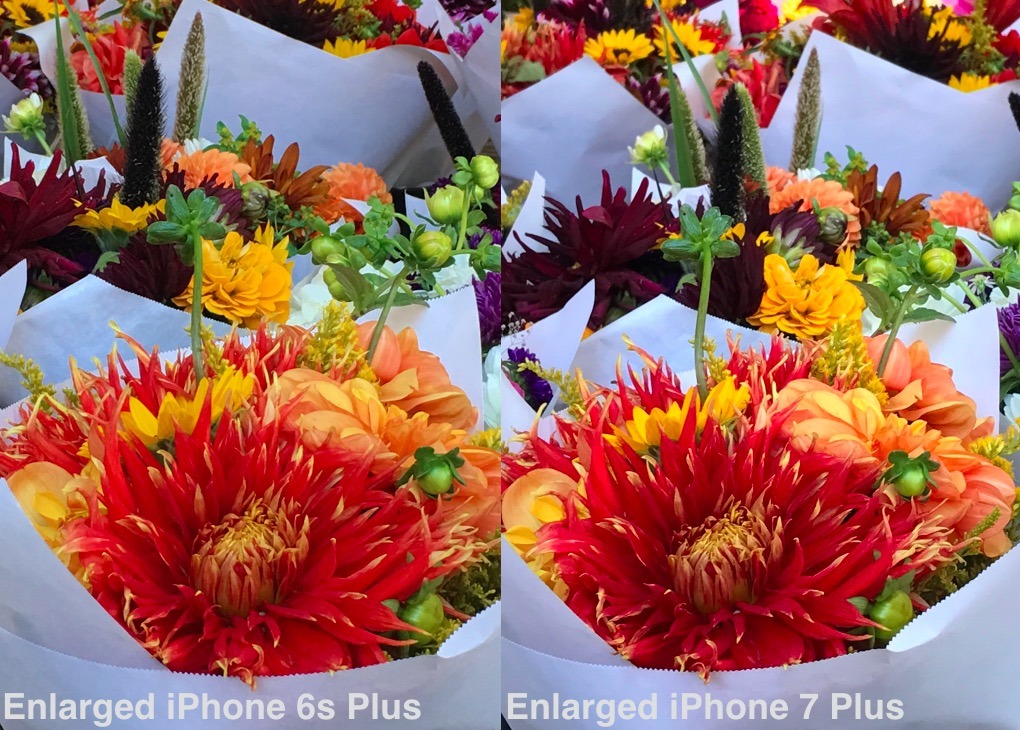
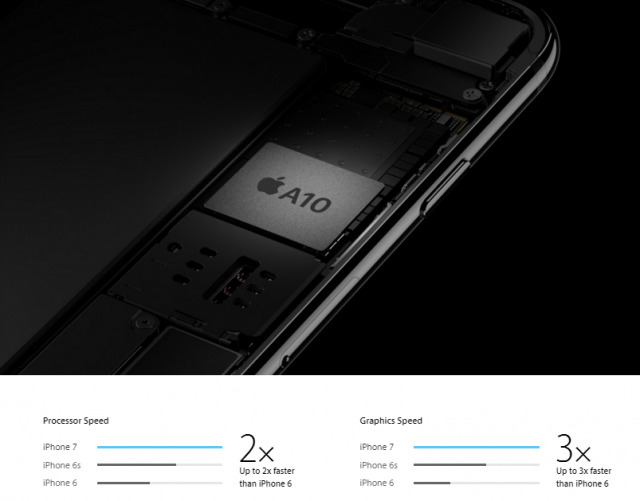

-m.jpg)






 Amber Neely
Amber Neely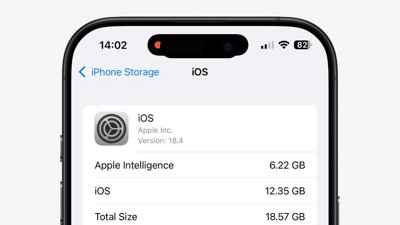
 William Gallagher
William Gallagher
 Sponsored Content
Sponsored Content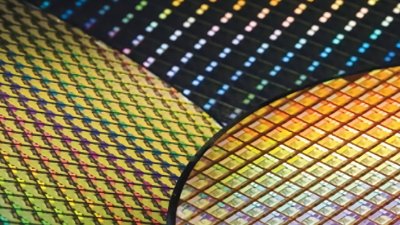
 Malcolm Owen
Malcolm Owen
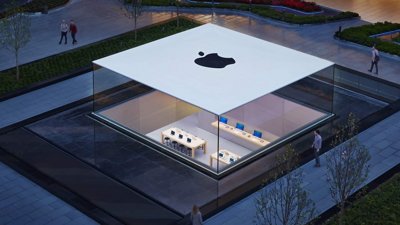
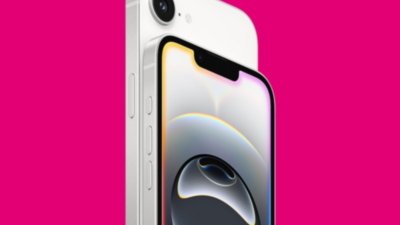
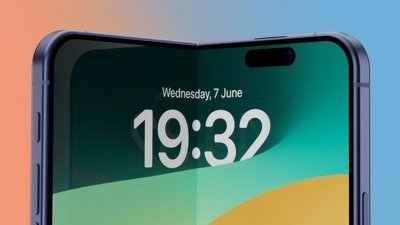
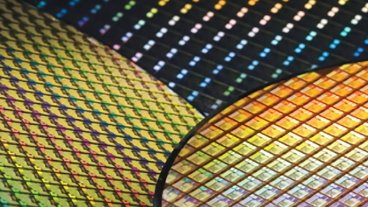
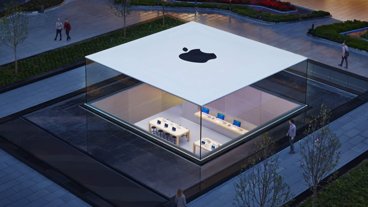
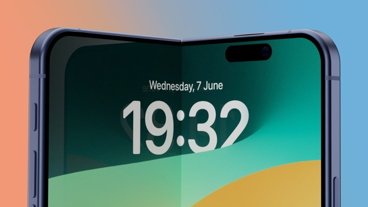







28 Comments
This is something that Apple does that I don't understand. I would love to have the camera that comes in the 7+. I don't want the bigger phone. So I am given two choices of which neither one is what I want. Why not put the better camera in both? I suspect that they do what they do because it is good for Apple.
iPhones always used to have the best cameras, but lost that mantle to Samsung et al for a couple of years. Nice to see them hit back strongly. Looking forward to Christmas when I give myself a 7 Plus.